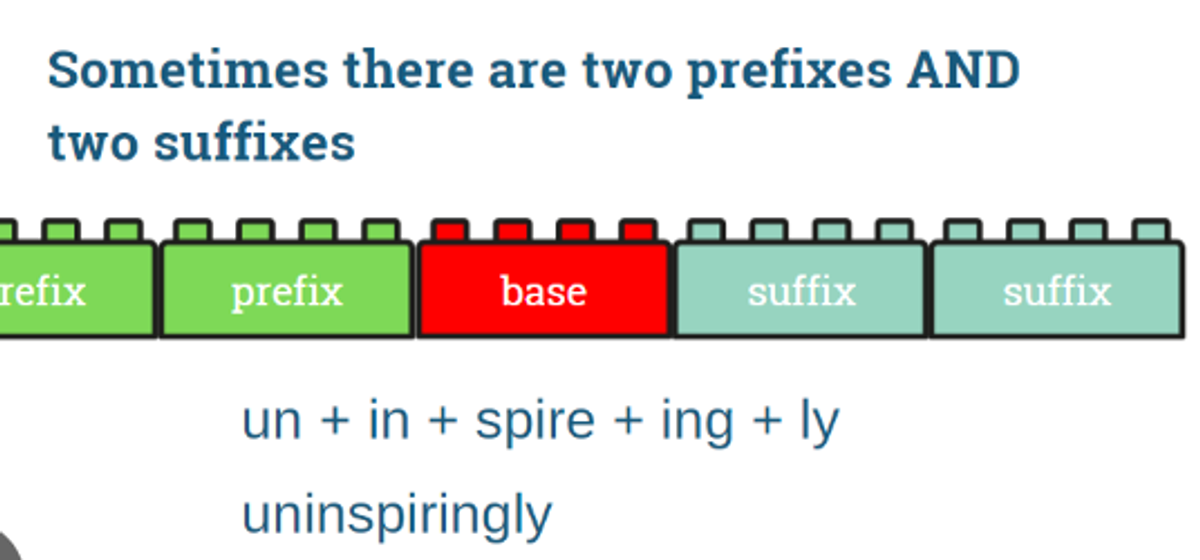Literacy

The Science of Reading - Word Reading and Spelling
Is it all about phonics?
In 2021, St Joseph’s changed the way we teach reading and spelling in Foundation. We introduced the Jolly Phonics program to assist students in learning how to read and spell using an evidence-supported method with a strong focus on phonics - learning to read and spell the letter combinations that are commonly used in the English Language. They were supported with decodable readers, book that only included the letter combinations that they had already learnt. The ‘guessing’ was taken out of reading and children have many opportunities to practise reading and writing simple words with the letters that they had learned.
Since then, this work has been continued with the Year 1s and 2s to give them a strong grounding in phonics and an introduction to some less common spelling patterns.
In Years 3 to 6, the emphasis shifts from phonics for those students who have a good understanding. Children learn more about morphemes (small units of meaning within words). For example, they learn that the suffix ‘s’ can mean ‘more than one’, the suffix ‘er’ can mean one who, the suffix ‘ed’ can mean the past tense. In this way, a child who can read and spell the word ‘play’ can also read and make the words ‘plays’, ‘player’, ‘players’ and ‘played’.
In Years 5 and 6 the study of morphemes includes more complex suffixes such as ‘ify' (simplify), ‘ment’ (measurement) and ‘able’ (agreeable). Students also learn Latin and Greek roots such as ‘scrib/script’ meaning 'to write.' This enables them to read and spell words such as ‘prescribe’ and 'prescription'.
So, as children progress through the school, and they demonstrate an understanding of phonics, they are introduced to other ways of reading and spelling words using spelling generalisations, morphemic and etymological knowledge. By the time they hit the Senior years, while phonics is still present, it is no longer the largest focus.

